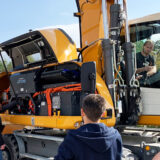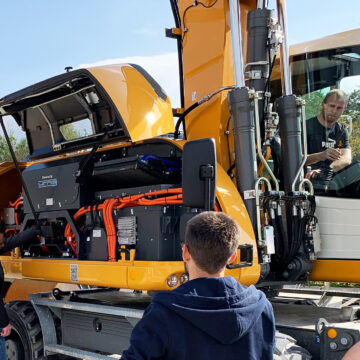Does your business sell and transport electrical equipment? Then it’s essential to package, handle and distribute it with care. This will not only protect the tech from being damaged, but ensure the safety of your workers and ultimately the smooth operation of your company.
Here, we explore how you can transport tech safely wherever it’s heading.
Packaging
Using adequate and high-quality packaging is key when shipping any kind of electrical products. If you are sending multiple items in one box, or have several components to ship, make sure you separate the items so they don’t come into contact and damage one another.
Wrap each piece with bubble wrap then fill any dead space inside the box with cushioning, such as honeycomb paper or polyethylene foam. This will stop the products from moving around during transit, reducing the risk of damage.
Once all items are in the box, you need to seal the parcel securely with strong packaging tape. The edges, seams and corners of the cardboard box should all be secured. It’s worth using temper evident tape to give the end user piece of mind that their items have arrived untouched.
Handling
As a business, it’s essential to make sure that all tech products you ship are handled correctly during transit. There are several ways you can do this, including using adequate packaging (as mentioned above) and labelling boxes with “fragile” stickers so that workers know to handle them with care.
You could also provide in-depth training to your staff on how to correctly handle parcels to avoid any risks to themselves or the products. This may involve the good handling technique, working at heights, and slips and trips.
Before sending, check what national and international regulations you need to follow when shipping electronic goods. It may also be beneficial to insure the tech you’re shipping, particularly if the items are high value.
Securing
One of the most common ways that tech is damaged during transport is through movement, so you must load and secure goods properly inside the heavy goods vehicle (HGV). This will not only protect the electronics, but also ensure that the vehicle is roadworthy and that staff can unload items safely at their destination.
Use strong, high-quality securing equipment such as bungee cords, ratchet straps and chains to ensure that devices are properly secured. The government offers guidance on various “equipment and methods you can use to secure a load in a goods vehicle and how to use it safely”.
This includes info on attachment points, internal nets, coil wells, chocks and cradles, friction matting and so on. They also explain how to effectively achieve a positive fit, with loads being “against or within 30cm of the headboard”, “loaded tightly along the length so the cumulative gap is no more than 30cm” and “within 30cm of the rear doors”.
By packaging, handling and securing your electrical equipment with care, you can ensure your goods arrive in the same condition they left in.















